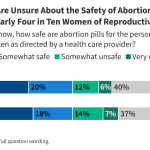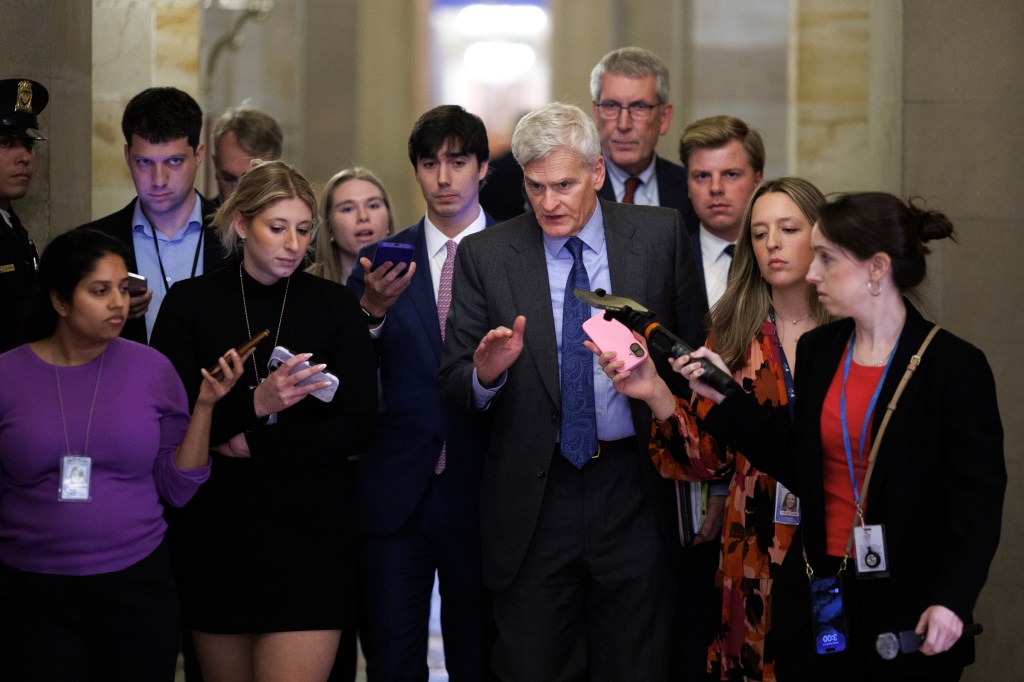By MATTHEW HOLT
A few weeks back I wrote an article on what’s wrong with primary care and how we should fix it. The tl:dr version was to give every American a concierge primary care physician paid for by the government. We would give everyone a $2k voucher (on average, dependent on age, medical status, location, etc) and have an average panel of 600 people per PCP.
My argument was that a) this would be cheaper than health care now – due to cutting back on Emergency Department visits and inpatient admissions and that b) it would enable us to pay PCPs the same as specialists (roughly $500K a year). This would mean that many current ED docs, internists, hospitalists etc would convert to being PCPs. I also think that we could and would make better use of the now 400,000 nurse practitioners in the US. We would only need about 600,000 PCPs to make this work. Although it would double spending on primary care, it would reduce health care costs overall. (OK there’s some debate about this but the Milliman study linked above and common sense suggests it would save money).
There are obviously two huge issues with my proposal. First we would have to go through the conversion process. Second, we would have to do something big with the three major players who are sucking at the teat of health care $$ right now—those being big hospital systems and their associated specialists, health insurers, and pharma and device companies.
I don’t think that there will be any problem selling this to most doctors or to the American people.
The doctors know that they are trapped in the current system. This would free them to practice as they want to practice, and to remember why they got into medicine in the first place—to care for their patients holistically.
People know all too well that accessing primary care is both good for them and also very difficult. Wait lists are way too long. In this system primary care would be abundant. And I and many others have only horror stories of how big hospital systems, insurers and big pharma treat them badly. They would much rather have an empowered PCP on their side.
The only concern about primary care for patients is if the PCP is incented to not refer them to needed specialty care. In my system there would be no global capitation or risk to the PCP, and thus no incentive not to refer out. But no reason to refer out unnecssarly. They would do the right thing because it is the right thing. (It has taken Jeff Goldsmith 30 years to convince me of this). So there would be no need for insurance companies to manage primary care at all. No claims, no bills, no utilization management. Instead we should have 600,000 primary care docs paid well and able to manage their practices to do the right thing.
And this would probably involve a ton of variation. There would be PCPs who work in groups. There would be solo. There would be those specializing in specific types of patients (thin kids or people with serious diseases or geriatricians). They would all make the same amount of salary but their practices revenue and number of patients would be adjusted in a similar way to how we do risk adjustment for Medicare Advantage now, but without the games, and with no profit motive.
This system would create a lot of innovation. PCPs would be responsible for those with chronic conditions. They would have budget from the $2,000 per head (of which they would get roughly $800 as income) to build remote monitoring programs, to use AI, to build teams of assistants and nurses et al.
So can it be done in the US? Yes it already has. I urge you to take the time to read this ingenious ChatGPT summary of the Nuka system in Alaska. (I believe created by Steve Schutzer MD). Nuka went from being a hidebound bureaucratic expensive system–that its patients hated–to being a system with culturally appropriate care that its “consumer-owners” love today. And its costs are lower and outcomes better. There are lots of other examples of similar approaches across the US. Just ask Dave Chase. They just haven’t scaled because the current incumbents have killed them. (One great example is this case in Texas where a hospital chain bought and killed a big primary care group led by Scott Conard because it was costing them $100m a year in reduced hospital FFS admissions).
What we need is to set up the incentives, prod doctors and patients hard to get into these arrangements and let American ingenuity and medical professionalism go at it.
The other side of the equation is the need to reign in the costs of specialty and hospital care. How this would happen is up for debate.
I personally would phase this in over 2-3 years and identify which hospitals would be the “losers”—that is the ones currently using their own primary care networks as loss leaders for their expensive specialty care. I would get a national group of them together and gently persuade them to chart a course for their own conversion to a global budget. After all there’s no need for them to deliver primary care in the emergency department, and their admissions for uncontrolled chronic care would go down. Oh, and they wouldn’t need those massive hedge funds—so they can be reallocated to paying for that primary care! In this worldview there wouldn’t be any need to pay the top executives like baseball players—as UPMC (for one example) does for its top 117 execs!
America’s leading hospitals and specialists would still be delivering the most scientifically advanced world leading care. They just wouldn’t be delivering so much of it at such a high price. And of course they would develop very strong relationships with those innovative primary care docs. In fact I highly suspect that there would be direct integration, but on the PCPs terms. See what happens in Alaska and Kaiser.
You may have noticed that in a world of essentially global budgets for PCPs and global budgets for hospitals, my system seems to have no room for health insurers. You’d be right. Look, I just saved 15%! Well not really. Some of that admin cost and some of the actuarial analysis would have to get done somewhere. But in this system there are no claims, no UM, no UnitedHealth Group corporate jets. There are services sold by tech and services companies to PCPs. In fact part of what now lives inside United, Elevance et al would carry on as medical groups and tech companies. But the core insurance function would be no more.
Which leaves the last big players in the health care ecosystem. Drug and device companies right now are creating (in general) wonderful products. They are just being used wrongly and they cost too much. I would add a function to the FDA that looks at both cost-effectiveness or drugs, management of drug use post phase 3, and I would have a universal transparent pricing system. Bye bye to the PBMs. Hello, Mark Cuban.
And how to pay for it? For now that wouldn’t change much. The government pays for 60% of health care now and employers and consumers pay for the other 40%. I’d just take and relocate that money. (Well I’d run it through a rational tax system, extract the reserves from the insurers and hospitals that they no longer need, and add a wealth tax on billionaires for good measure. But those details can come later).
Look, I know this is a massive change to the system. We probably need a King/Dictator to get it done. But given the current mood in the country we seem to like that idea. Here’s an area where radical change would do a ton of good.
And give me a little policy marketing budget, I can easily cast insurers, hospital systems, pharma et al as the bad guys, and make underpaid PCPs the heroes.
Who wouldn’t want free concierge care?
Matthew Holt is the founder/publisher of THCB










